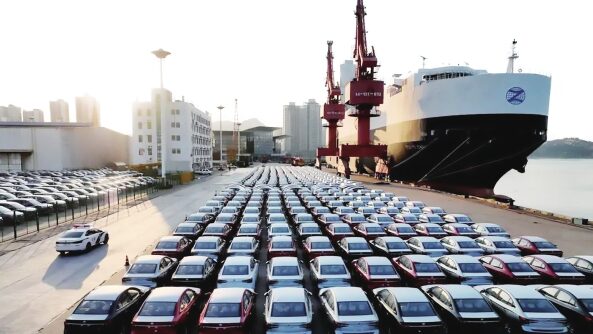Chinese automakers saw their European sales jump 64% year-on-year to 38,902 units in February, increasing their market share from 2.5% to 4.1% compared to last year, says market research firm Dataforce.
This growth comes in the face of substantial challenges imposed by the European Union, which introduced anti-subsidy duties of up to 35.3% on Chinese-made electric vehicles last October, on top of the existing 10% tariff. The duties, set to remain in place for five years, have pushed Chinese manufacturers to adopt multi-faceted strategies to maintain their European expansion.
“Despite the challenges Chinese automakers face in the European market, their global expansion momentum remains strong, consolidating China’s leadership position in the electric vehicle industry,” noted EconoTimes in a recent analysis.
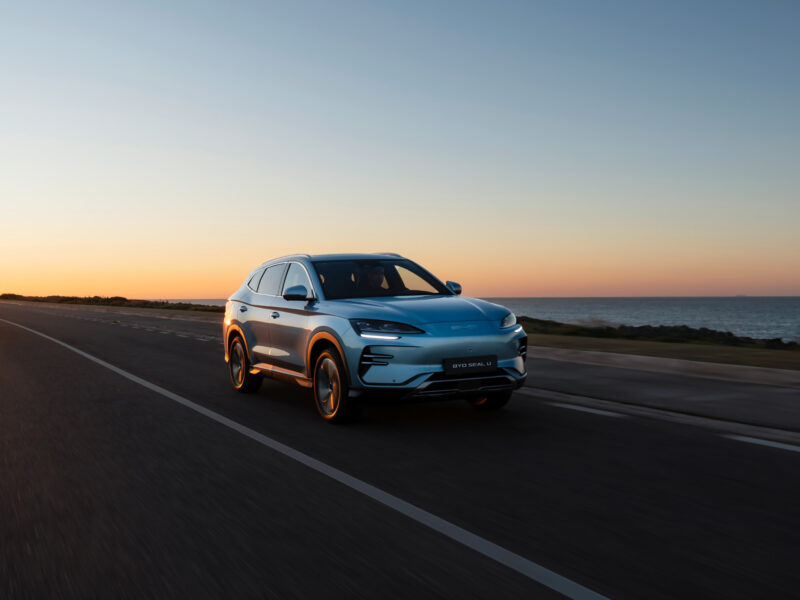
The sales data reveals a strategic pivot in product mix. While pure electric vehicle sales from China declined 3.4% to 11,116 units in February (compared to a 26% increase in European EV sales to 164,600 units), Chinese plug-in hybrid exports surged by an impressive 321% to 4,744 units. Popular models included the BYD Seal U PHEV, MG HS PHEV, and Chery Jaecoo 7 PHEV. Traditional combustion engine vehicles from Chinese brands also performed well, with Chery’s Jaecoo and Omoda brands showing particularly strong results.
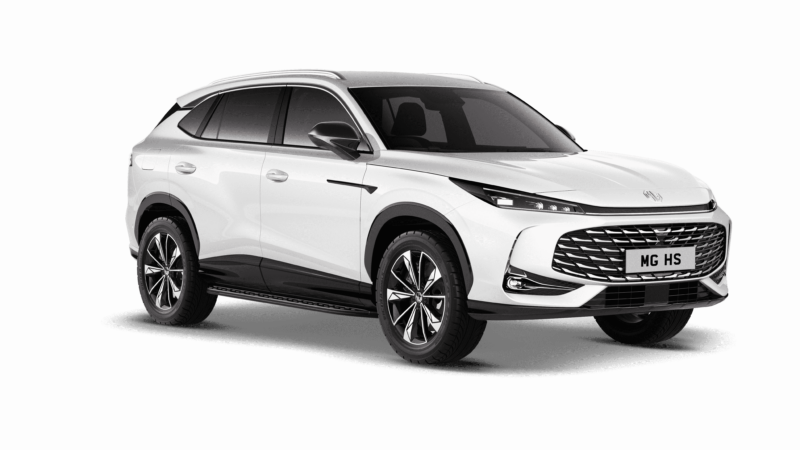
BYD’s performance illustrates this successful adaptation. According to Bloomberg, the company achieved year-on-year growth of 551%, 734%, and 207% in the UK, Spain, and Portugal respectively in January, outperforming Tesla in these markets. Charles Lester, data manager at consultancy Rho Motion, noted that “despite tariff impacts, BYD’s market share in Europe continues to steadily increase.
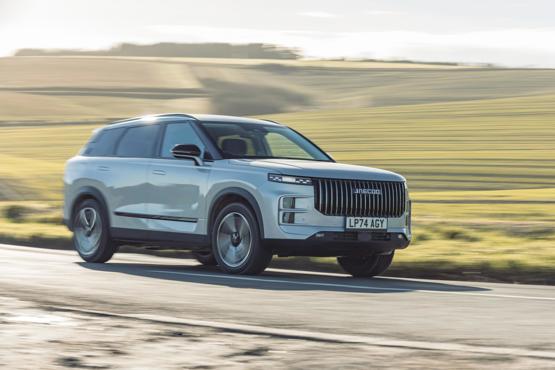
Chinese manufacturers leverage technological advantages to differentiate themselves in the competitive European landscape. At a recent brand launch event in Munich, Changan Automobile showcased nine new models from its three brands, featuring voice-controlled automatic parking and camping mode transformation that impressed European dealers and media. One dealer remarked, “This completely overturns my perception of Chinese cars; their level of intelligence already leads many European brands.”
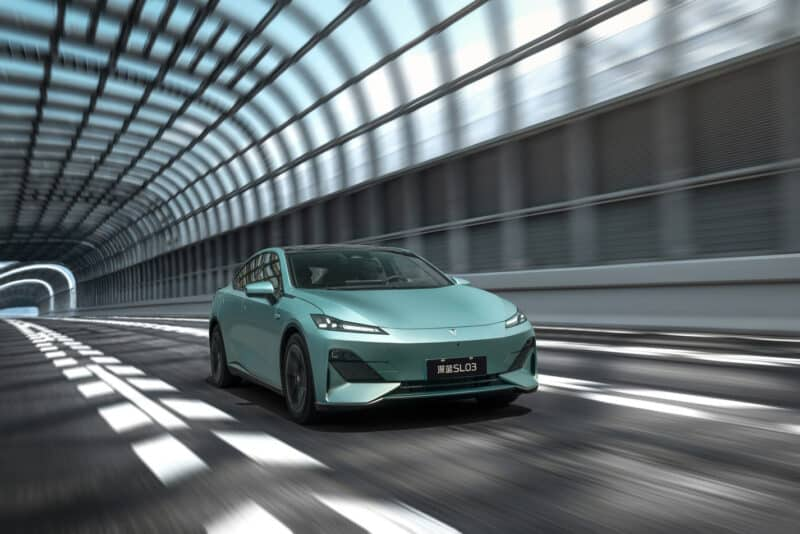
Meanwhile, companies like XPeng are expanding their European footprint, recently announcing entry into Poland, Switzerland, the Czech Republic, and Slovakia. XPeng Chairman and CEO He Xiaopeng emphasized a strategy focused on technological differentiation rather than price competition, intending to double overseas sales in 2025 and establish over 300 sales and service locations globally.
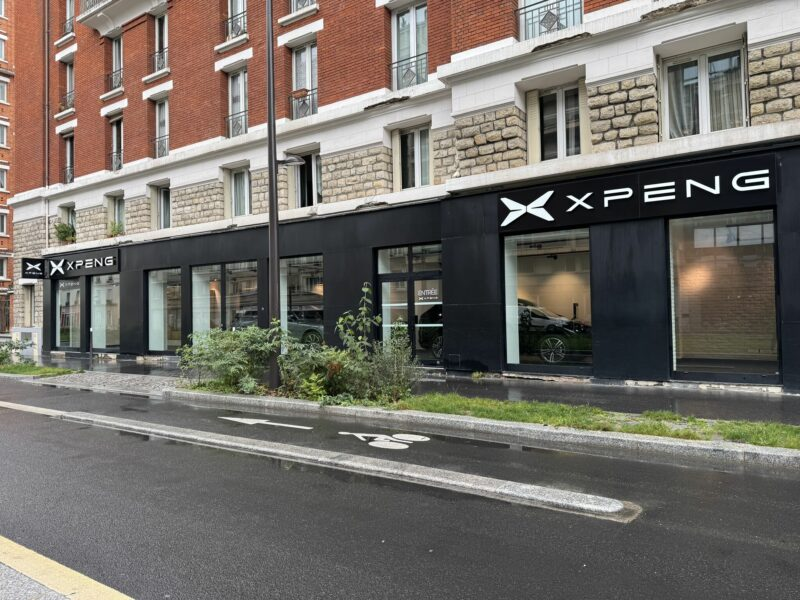
To circumvent tariff barriers, Chinese automakers are accelerating localization efforts. Chery has partnered with Spain’s EV Motors to establish a production facility in Barcelona under the historic Spanish Ebro brand, becoming the first Chinese automaker to manufacture vehicles in Europe. BYD is pursuing independent factory investments in Hungary and Turkey, with the Hungarian facility expected to begin operations later this year with an annual capacity of 350,000 vehicles. Leapmotor has taken a different approach, working with Stellantis Group to produce cars in European factories, including the T03 in Poland and plans for B10 production in Spain by 2026.
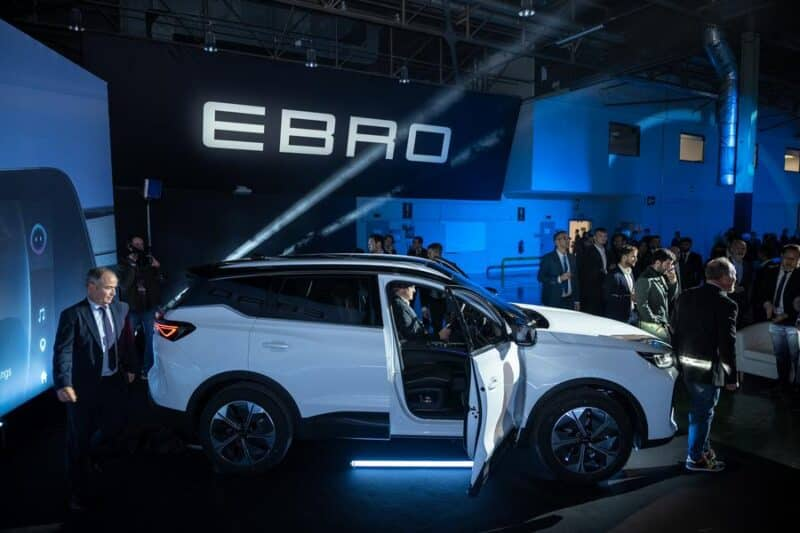
“Localized production may become the primary path for Chinese car companies entering the European market in the future,” said Ji Xuehong, Director of the Automotive Industry Innovation Research Center at North China University of Technology. “This approach, similar to how Japanese automakers entered Western markets previously, helps gain recognition from local governments and better understand local market needs with local participation.”
German media also recently reported that Magna’s factory in Graz, Austria, will begin assembling XPeng and GAC models using semi-knockdown (SKD) kits starting in June, providing another avenue to avoid tariffs and reduce costs.
Nevertheless, some automakers have been affected by tariffs, with Nio being one of them. Polestar, which once had strong momentum, has lost its edge, MG has performed well, although a significant portion of their sales comes from gasoline-powered vehicles.
As Europe represents 17-18% of the global automotive market and is considered a premium segment with high entry barriers, Chinese manufacturers remain committed to establishing themselves despite regulatory challenges. Their competitive advantages in supply chain efficiency, technological innovation, and marketing expertise continue to drive their European expansion, even as they adapt their strategies to overcome tariff hurdles.
Source: China Automotive News
